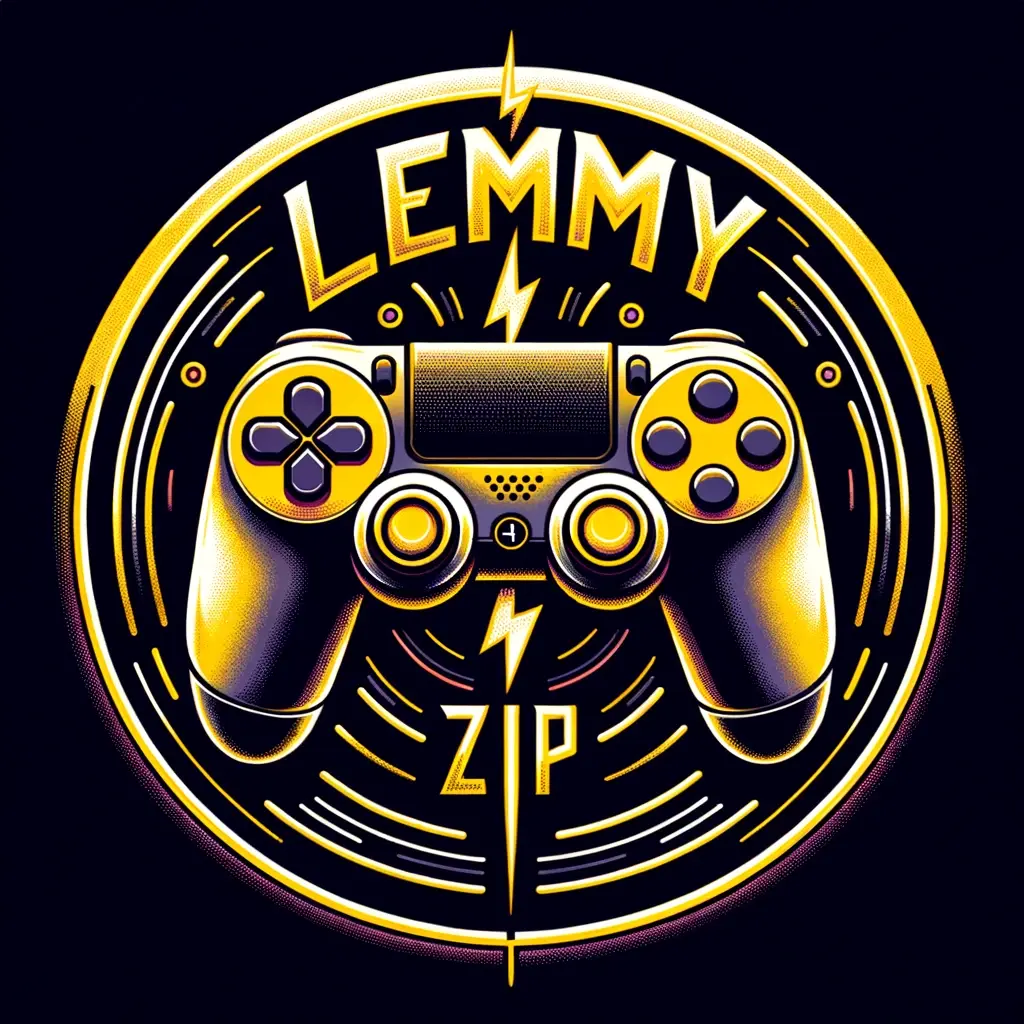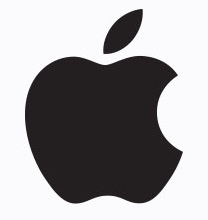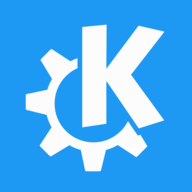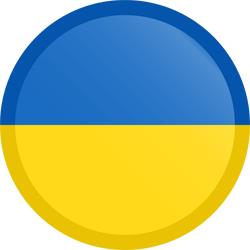

- Ghost of Tsushima
- ACO
Living at the base of Cape Cod. Enjoying the ocean life.




Look - the reality is it’s not going to be clear cut. How much faster it is will depend on the individual task you’re working on.
For sure. I don’t doubt it will be a faster machine. Most of my issue are about the costs for the incremental upgrades. The base machines all come with to little memory and ssd. The upgrades cost way too much for what you’re getting. My high end 2019 macbook pro cost ~ $2500. A high end macbook pro now cost ~ $4000. I would expect the new machine to last for four years like the last one did. I have a 1TB ssd now. It’s 3/4 full. The biggest consumer of space is my primary photo catalog. If I upgrade my camera in the next four years the megapixels will probably double and space will fill up even faster. The upgrade from a 1TB ssd to a 2TB ssd is $400. That’s way out of line with ssd costs anywhere else. And yes, I only keep my primary data on the laptop and push everything else of to my NAS.
Obsidian needs to improve how it handles resource files (images, etc). There are plugins that improve the situation, but they’re not reliable. With a notebook with hundreds of notes with most containing images, sometime tens of images, move the notes around to different folders and soon you have a big mess. Images in the resource folder that aren’t connected to any notes.


I’d be fine with tags in the digiKam DB including all of the above, but the values written to the images IPTC keywords field would have to be limited to the subkeys of what you listed above as type and content hierarchies. Here’s an example of one of my images: https://www.flickr.com/photos/tcgoetz/53265234720 you can see what I use for keywords in the info below the image.
My workflow also includes grouping similar images, using compare to grade them best to worst, marking the best with the pick flag, and rejecting the worst. I also group subimages of panoramics with the generated panoramic as the top of the stack and the pick image. didKam has a group feature but it seems different. Grouping in LR hides members of the group other than the pick image.


In my workflow tags == keywords which are orthogonal to albums. Keywords describe a photo and get published with the photo. One photo can be in multiple albums like Flickr Photosteam (published to Flickr), “Zion Vacation” (event album, published to Piwigo for friends and family consumption), “2022 Year in Photos” (yearly highlight album), “Favorite Landscapes”. Photos are in a date hierchary on disk.


DigiKam has come a long way, but it’s still missing some really basic DAM features. I’d love to stop using Lightroom and there are plenty of good raw converter replacements, but it’s the DAM features that there are no replacement for. In DigiKam an album is a directory on disk. A photo can’t be in two albums at once. They recommend using tags for more groupings, but that just seems clunky.
Expect to spend as much or more on the lens than the body. A quality lens is more important than the body. Personally I use a Fuji XT-4 and 16-55 f2.8, 10-24 f4. Here’s some example pics: https://www.Flickr.com/photos/tcgoetz


That spinning logo overlayed over the video is really annoying.
TLDR:
“A bug in the version of macOS Ventura released on July 24, 2023, has left some users seeing no apps listed in the section at all. They are also unable to see which apps are now or have recently been using their location data.”


Create an automation to map the central scene events to actions. In triggers, choose the device, then the choose a trigger something like “Central Scene action on endpoint 0 Scene 001”, and value something like “keyPressed 2x”.
I use automation like this to make double press and triple press on one switch activate multiple devices.
TLDR: “Billionaire Elon Musk’s decision to rebrand Twitter as X could face legal challenges due to existing trademark rights held by companies like Meta and Microsoft for the letter X.”

How about giving a TLDR? I’m not going to go watch a youtube video without some idea of what its about.


Of the two, I would go with D3. I loved D2 when it came out and tried going back with D2 Resurrected, but it wasn’t the same. D3 is a fun game, but after playing D4 in beta and release, I don’t see me ever going back. POE 2 maybe.
Little Rody? The crookedest little state in the nation?